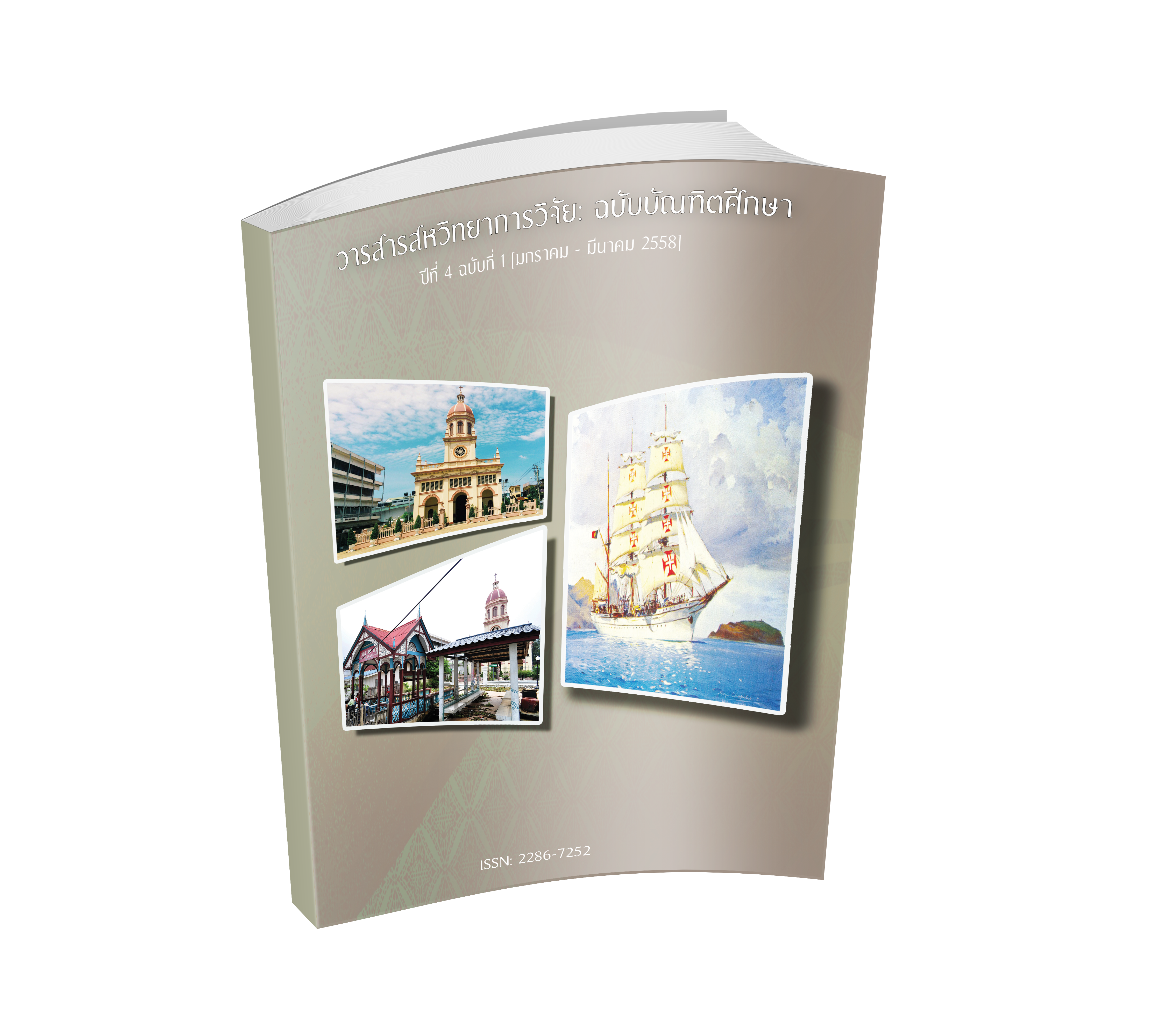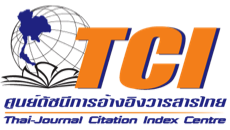Discourse Analysis of Thai Nationalism in Social Studies and Historical Textbooks
Keywords:
Thai Nationalism, Nationalism in Social Studies Textbooks, Nationalism in Historical TextbooksAbstract
This research entitled “Discourse Analysis of Thai Nationalism in Social Studies and Historical Textbooks” has its objective to study Thai nationalism discourse as appeared in social studies and historical textbooks for students between grades 4 and 6. Qualitative research method was applied, focusing mainly on documentary analysis. The analysis was divided into two parts, namely textual analysis on the one hand and an analysis of the discursive practices on the other hand. The Thai nationalism discourse, especially the one developed by Saichon Sattayanurak, was applied to the text books. The specified Thai nationalism discourse has 4 main components, namely race, the royal institution, religion, and culture. The research result in the area of textual analysis found that the content of social studies and historical textbooks under studied reflected the state’s attempt to construct the sense of Thai nationalism divided into 3 main parts. The first part is race, emphasising on living in harmony, the inheritance of race, and various superior character of the Thai, including cleverness, and the readiness for adaptation, and personal sacrifice. As for the royal institution, it was emphasised that the institution was closely related to the independence of the nation, the construction of prosperity for the state and its people across various timeframes, and its serving as the centre of the nation’s mind. As for the area of culture, superior character of the Thai culture and civilization was emphasised, including the readiness for adaptation, the preciousness called for a good preservation, and the wide acknowledgement of its good name. The religious part was not emphasised in the textbooks. It was touched upon as an inclusive part of the royal institution, as one of the institution’s main duties. The research result in the analysis of the discursive practices demonstrated that the content of the textbooks was chosen in one-side story fashion, with an attempt to ignore the significance to other races, institutions, and culture. This was against the fact that in reality there has been the lives in harmony of various races, institutions and cultures in the Thai society. This attempt might cause by the need of the state to facilitate the construction of the Thai modern state. The superior character and distinct place of “Thainess” has, therefore, been demonstrated to encourage cultural assimilation and to strengthen the nation’s independence.










.png)

